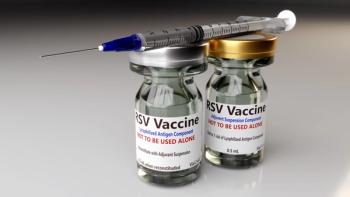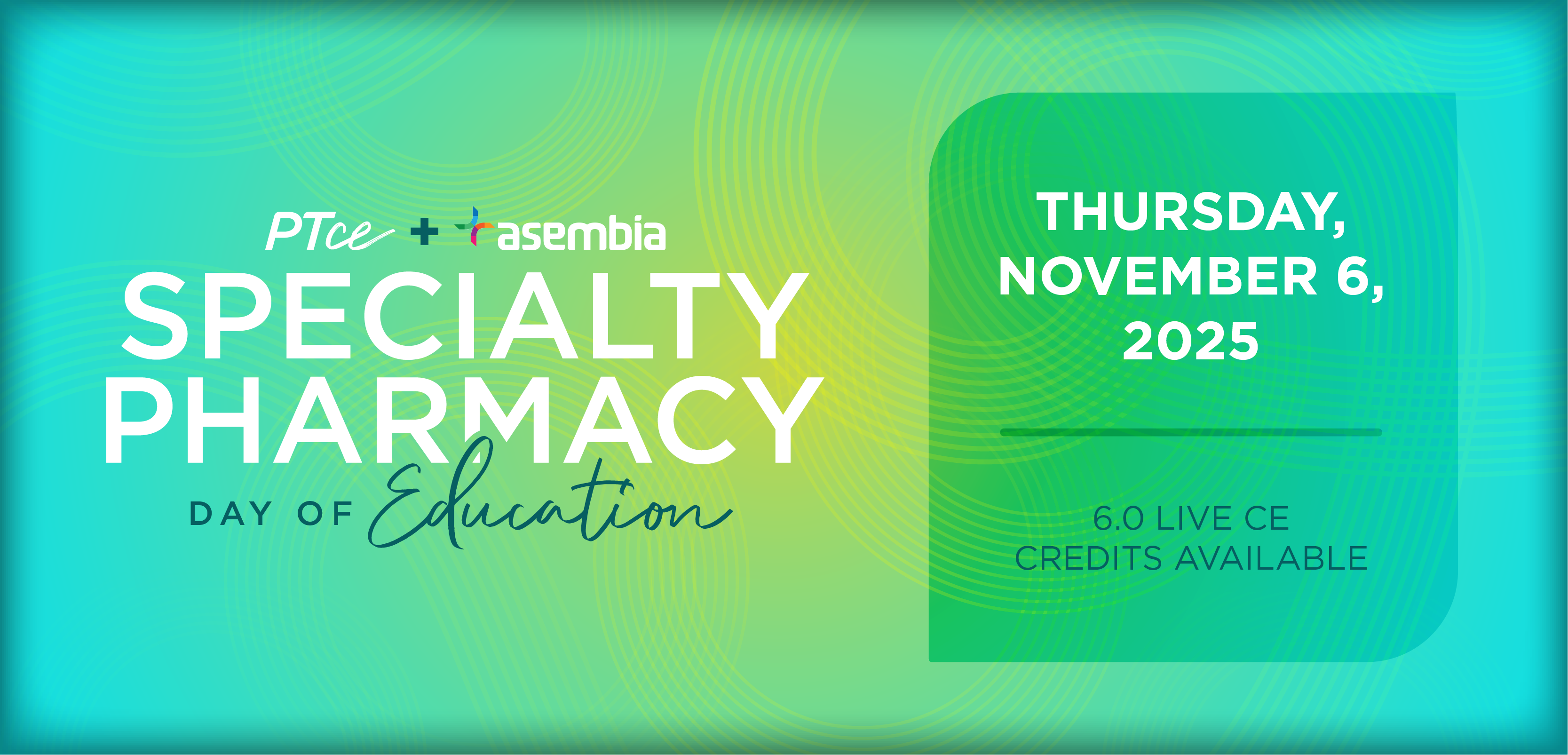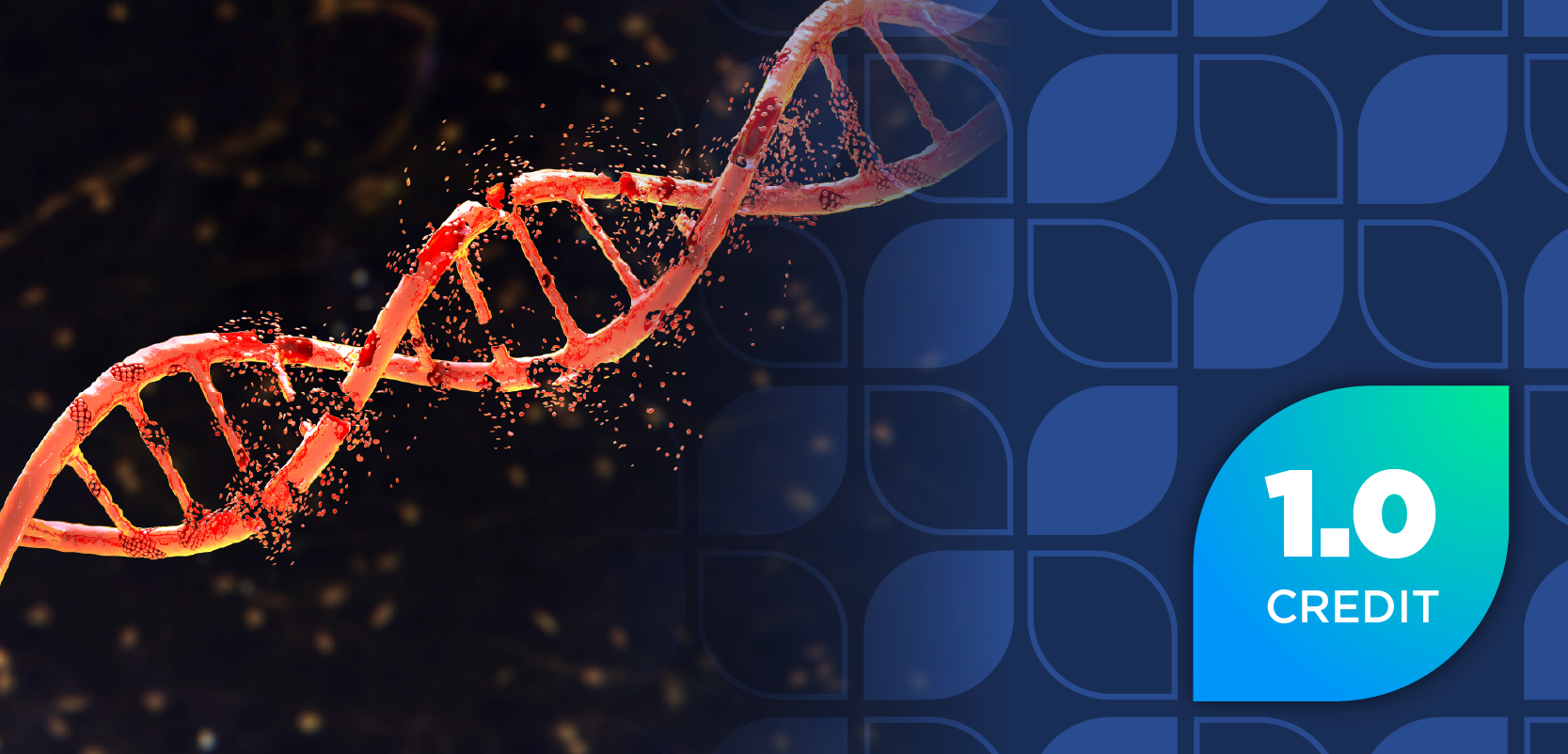
Specialty Lite Model Goes Beyond Improving Adherence
The specialty lite platform leverages the current infrastructure of specialty pharmacies with efficient services and emerging technological solutions that focus on ensuring prescription fulfillment with economic feasibility.
Although the general public commonly associates specialty pharmacy with the dispensing of high cost drugs, the emerging specialty lite model is challenging that narrative by involving the same robust level of services and support at a much lower price point for the medications.
The specialty lite platform leverages the current infrastructure of specialty pharmacies with efficient services and emerging technological solutions that focus on ensuring prescription fulfillment with economic feasibility. During the session “Specialty Lite: An Evolving Fulfillment Model,” at the Asembia Specialty Pharmacy Summit 2019, speakers Snehal Patel, PharmD, vice president of pharmacy and access solutions, Asembia; and Tony PharmD Lanzone, partner, Corsica Life Sciences, LLC, discussed the growth of specialty lite and its potential to improve fulfillment and adherence via a comprehensive set of services.
The speakers noted that experience with the complex requirements for specialty patient support combined with emerging technology have made these services more efficient and scalable.
“You can have specialty products, but it’s the services that are ordered around it that are going to have pull through for that product. It could be your patient support services, your engagement, your
benefits investigation process, your hub services, but then how well are your employees trained?” Patel said. “What kind of training program do you have? Do they understand the disease state? Do they understand what the patient is going though? Additionally, you also have the technology that’s layered into it.”
While the price tag for traditional specialty products continues to surge with an average annual wholesale acquisition cost (WAC) of $75,000, specialty lite products carry a much lower price point.
Specialty lite is generally defined by WAC, which is typically within the guardrails of $400 per month to $800 per month, as well as service level requirements. The categories in which the lite model is emerging are traditionally nonadherent and clinically complex populations whose medications fall within the specialty lite cost guardrails, such as dermatologic conditions ($658.97 average WAC cost for branded products), respiratory conditions ($355.21 average WAC cost for branded products), ophthalmology ($272 average WAC cost for branded products), cardiovascular disease ($652.59 average WAC cost for branded products), and neurological conditions ($495.07 average WAC cost for branded products).
Although cost may be key in defining the specialty lite model, it is the services that surround it that truly show the potential to improve patient care.
“When we look at the traditional model, the patient walks into the doctor’s office, the doctor prescribes the medication, sends it to a retail pharmacy, and the retail pharmacy gets it and processes it. If I’m a retail pharmacist, I’m going to process that prescription, but if I run into a block where I have prior authorization (PA) or anything, I’m not pursuing my PA. Especially at a retail pharmacy where I’m doing 700 plus scripts per day. I’m going to call that doctor and say, ‘hey doc I’d rather switch this to another medication that’s covered.’ So, what is happening is the patient isn’t getting the medication the doctor intended to prescribe.”
In the specialty lite fulfillment model, benefits investigation, assistance with prior authorization, patient engagement services, and a copay support program keeps the patient well-informed and helps them obtain the best price for their medication, according to the speakers.
Lanzone noted that the specialty lite model has proven effective in improving fulfillment as well as patient adherence rates, but it goes much further than that. “This is not just an adherence program. There are a lot of adherence programs out there and a lot of very good ones,” he said. “This is a comprehensive pull through program as part of an overall access and distribution strategy.”
Newsletter
Stay informed on drug updates, treatment guidelines, and pharmacy practice trends—subscribe to Pharmacy Times for weekly clinical insights.

















































































































































































































